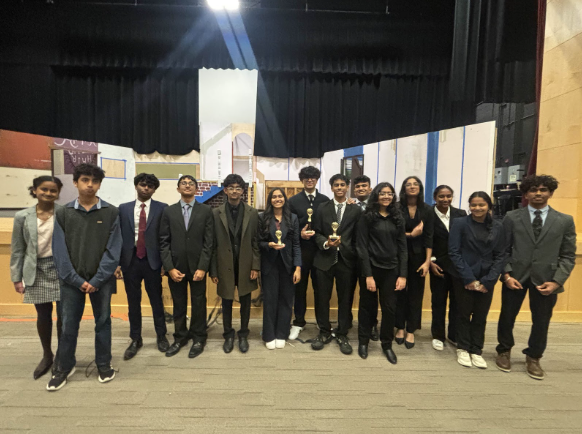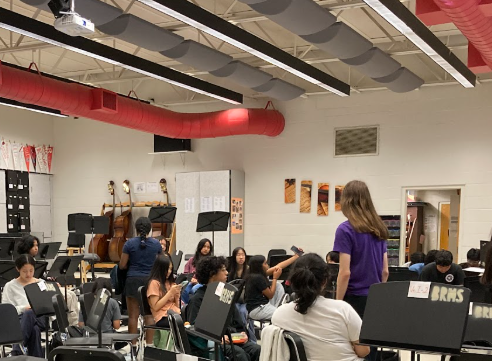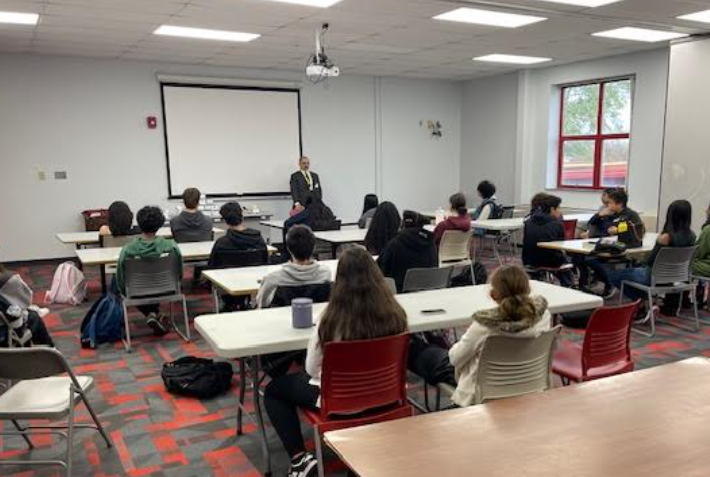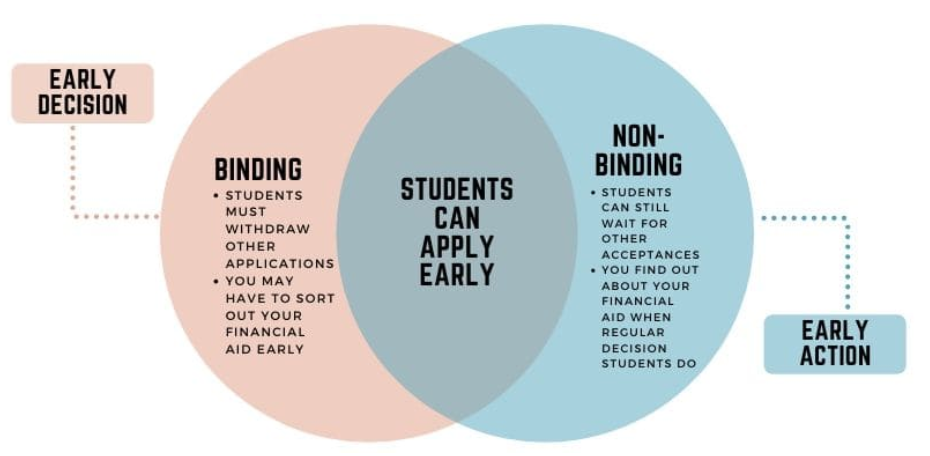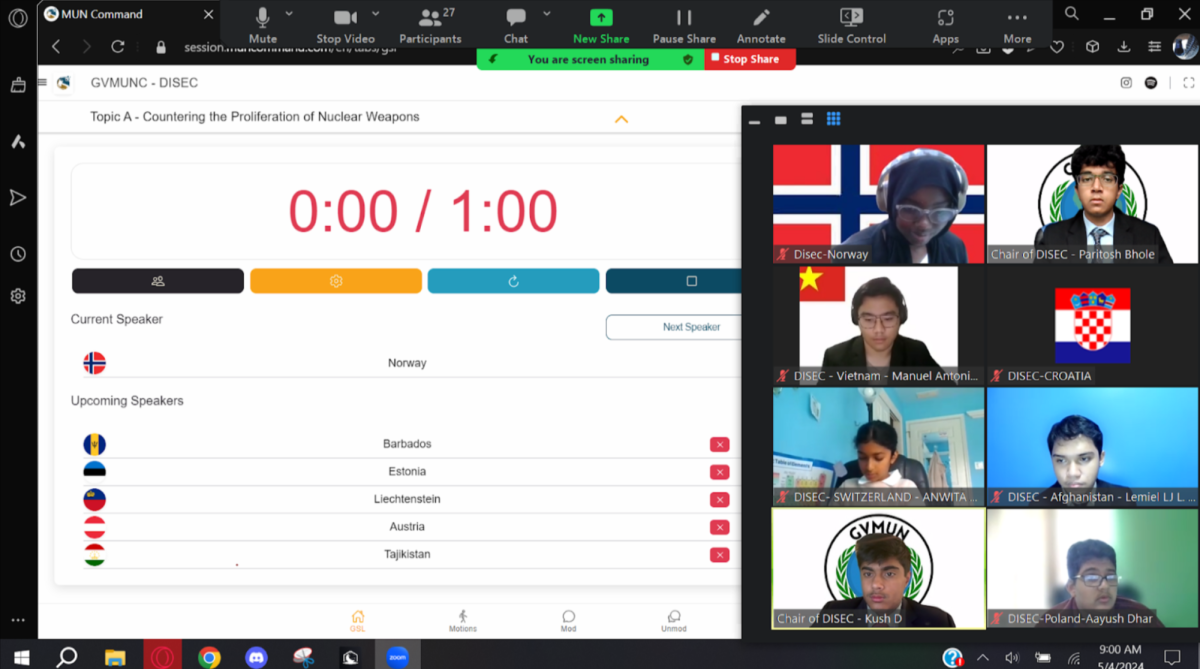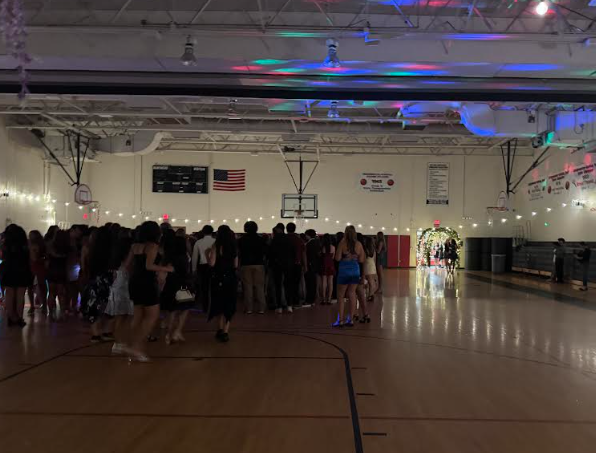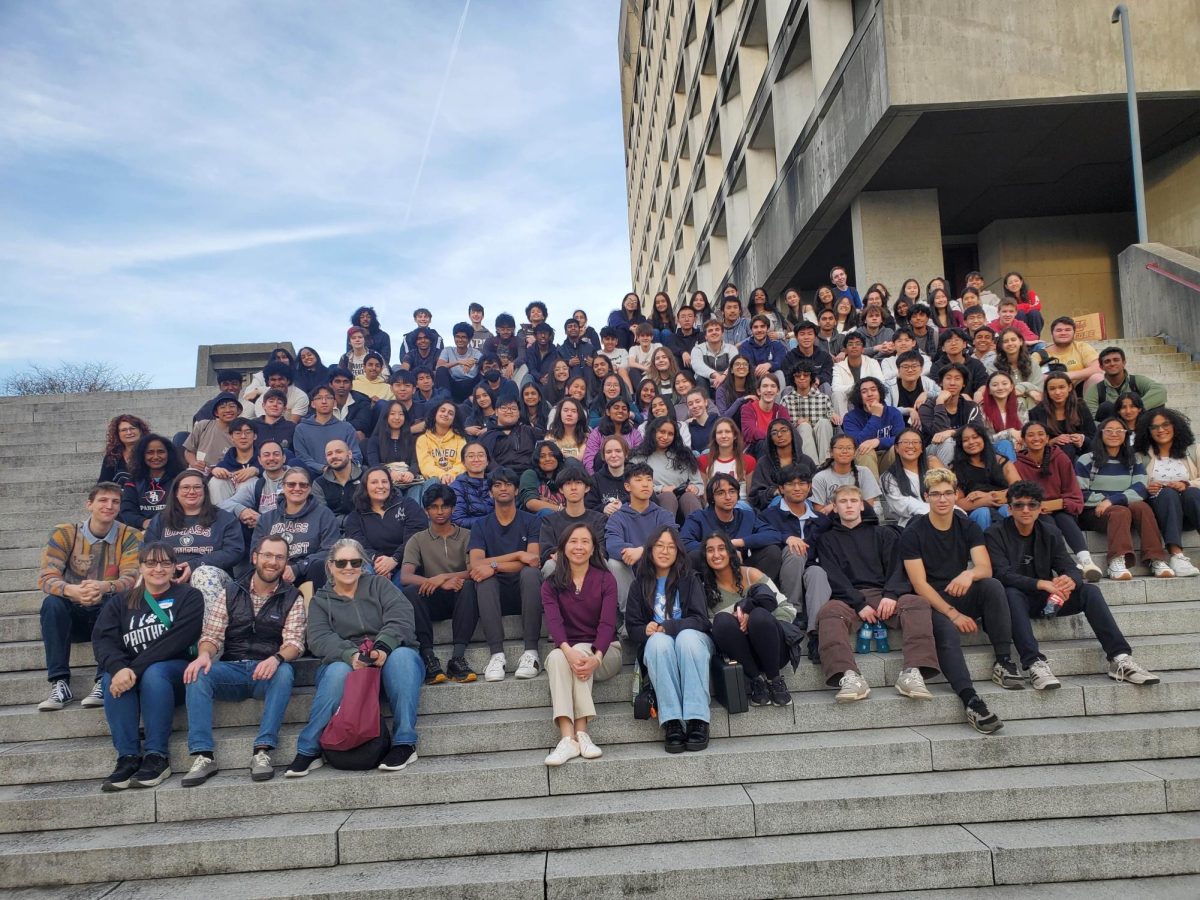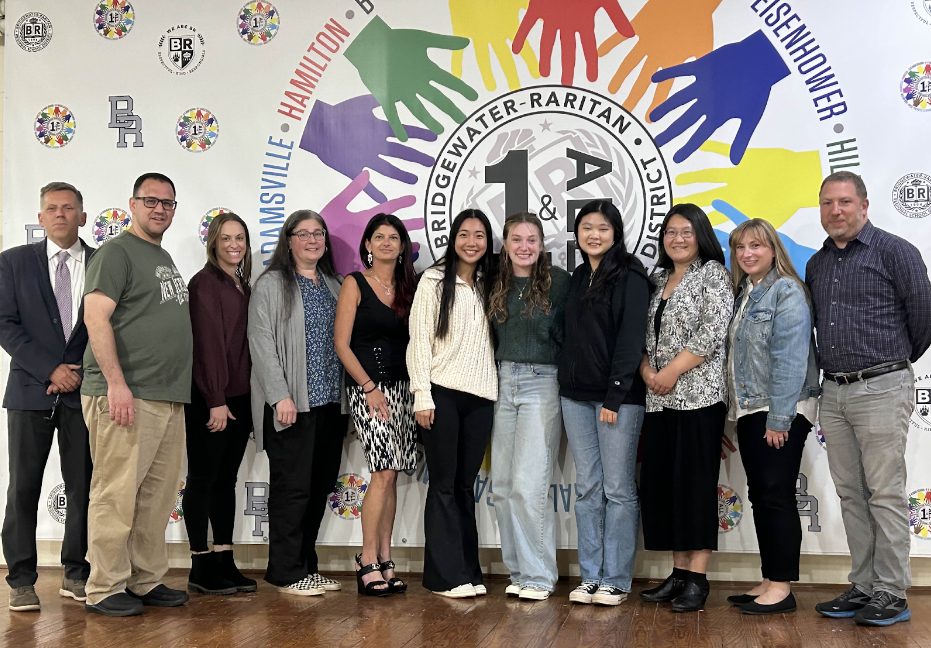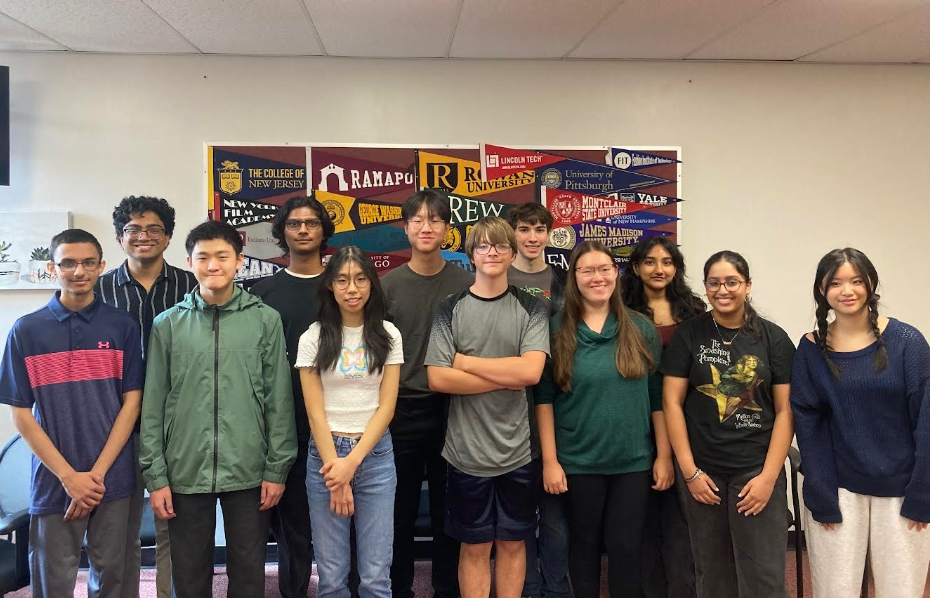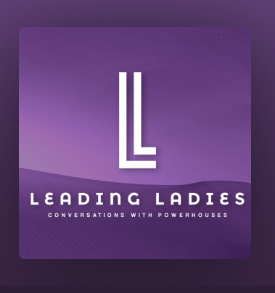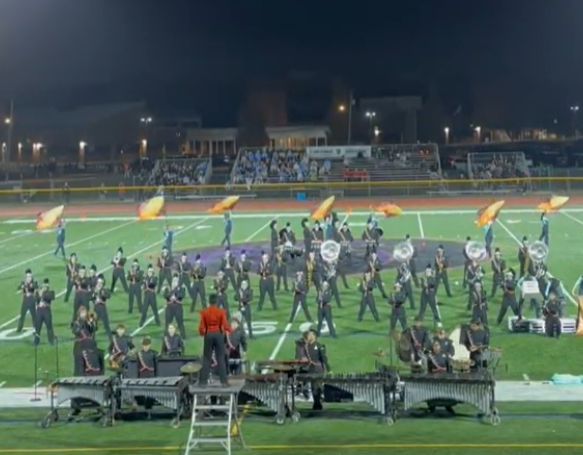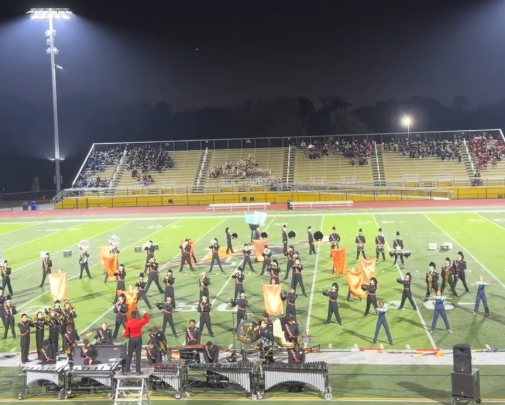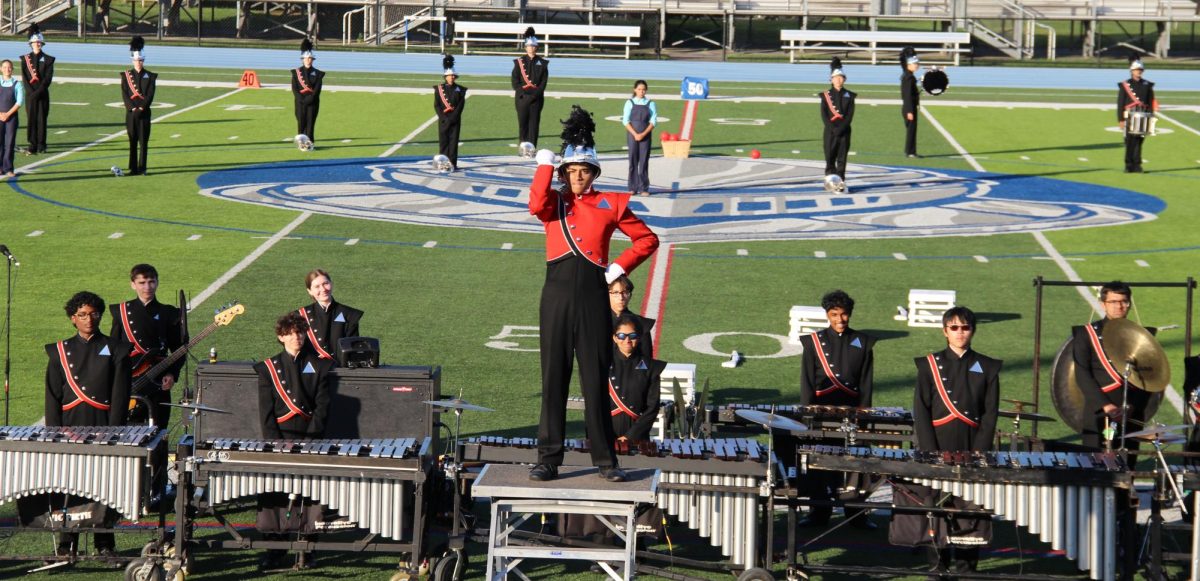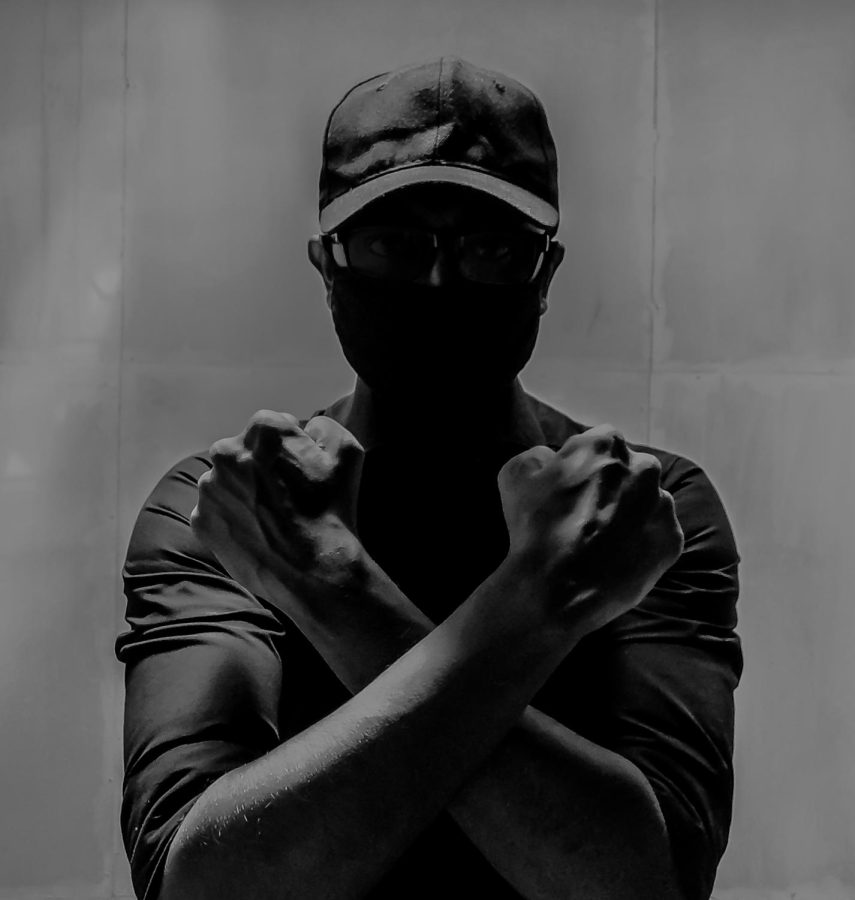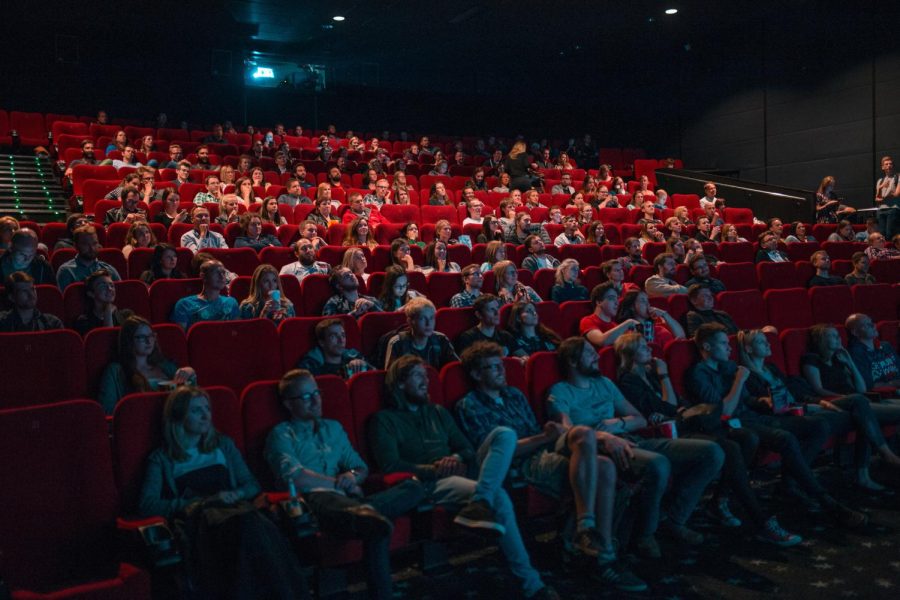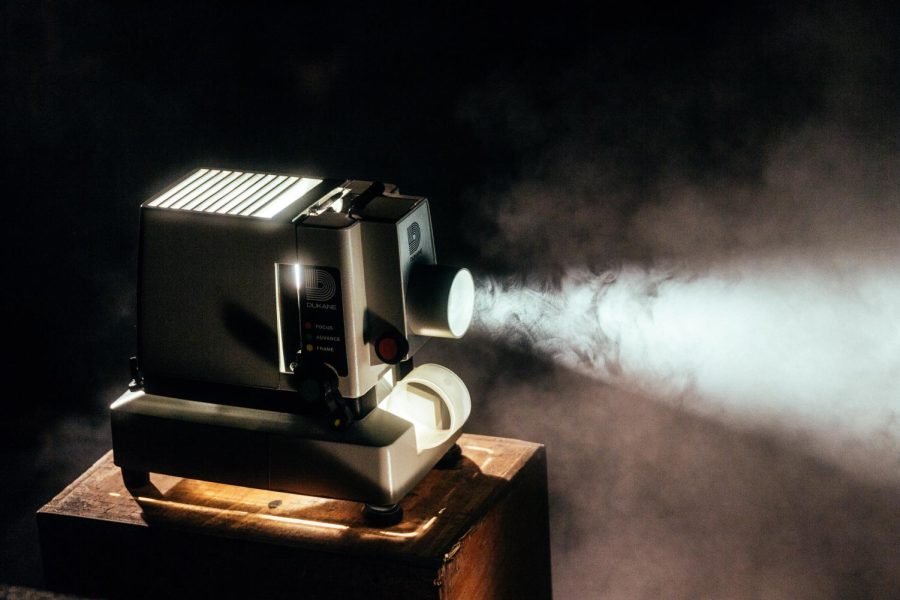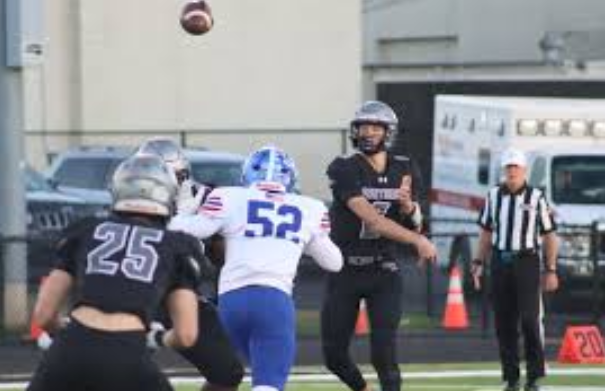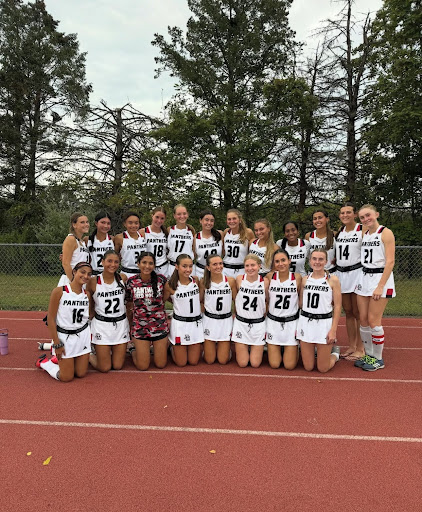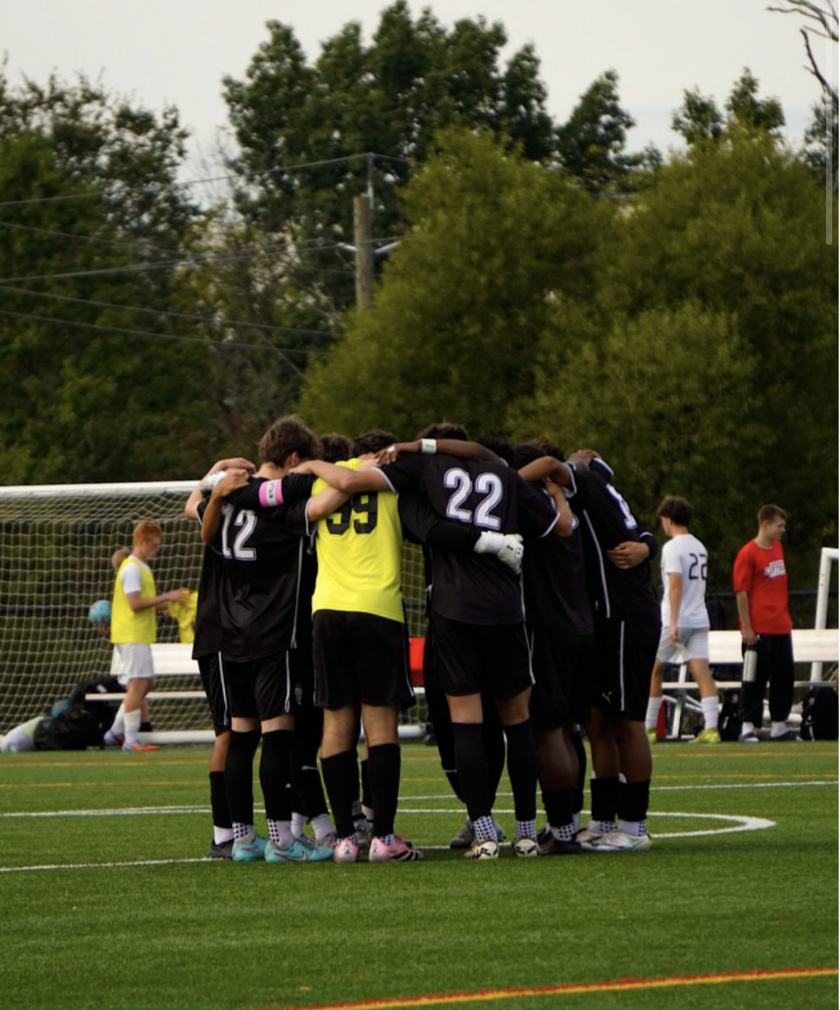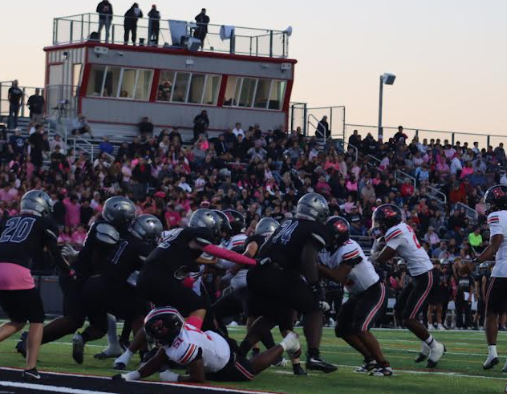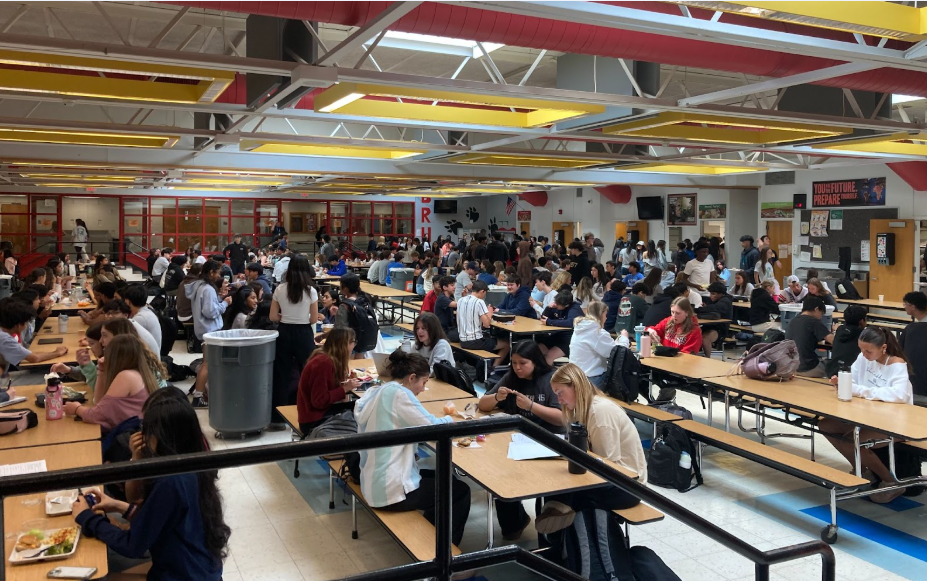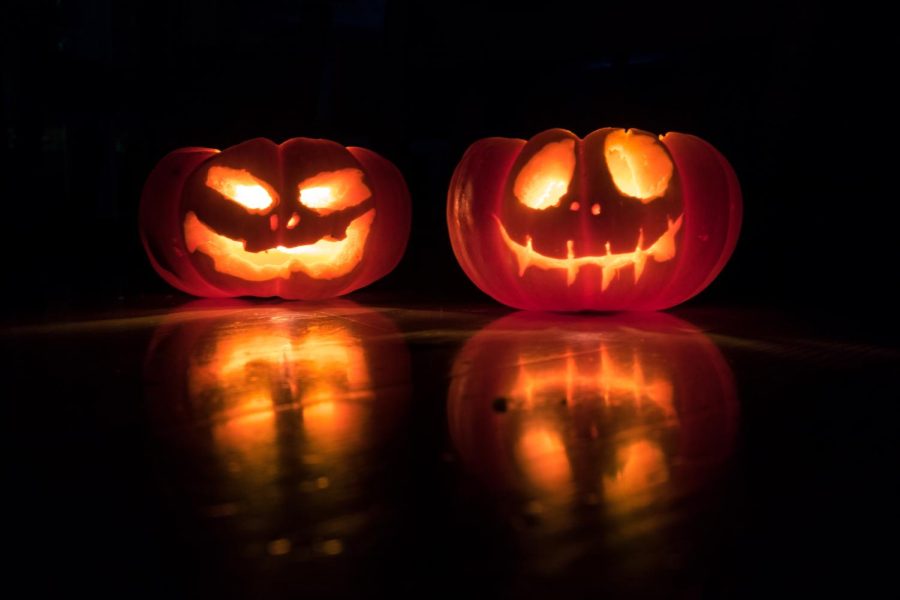The History of Spooks, Goblins, and Trick-or-Treating
November 21, 2022
Halloween is a massively popular holiday, with almost 70 percent of the United States participating this year, and over 10 billion dollars already spent.
However, its origins are rather mysterious, going back thousands of years.
The earliest trace of the celebration was Samhain, a Celtic festival that started around two-and-a-half thousand years ago. Samhain marked the beginning of the long, harsh winter, and it was said that both good and bad spirits roamed the Earth on that day. During the celebrations, people wore costumes and masks of animal hides. It was on the same day as Halloween today.
When the Romans conquered Celtic areas, their holidays of Lemuria, Parentalia, and Feralia, meant to honor or placate the dead, as well as Pomona, the festival of the harvest goddess, merged with the already existing Celtic traditions.
Later, after the fall of the Roman Empire and the rise of Christianity, the Catholic Church Christianized the pagan traditions and converted them into the season of Allhallowmas. It started with All Hallows’ Eve (which was called Halloween for the first time in 1786), All Hallows’ Day (or All Saints’ Day), and concluded with All Souls’ Day.
When the British migrated to the New World, they brought their traditions along with them. This included the poor and children in a town going door to door to ask for a “soul-cake,” on All Soul’s Day, while on Guy Fawkes’ Day (November 5), children went from house to house to ask for treats. When the Irish emigrated from Ireland in the mid-nineteenth century, they brought their more Celtic traditions with them. The best of these traditions was carving a turnip, which later evolved into the jack-o-lantern.
In the second half of the 1800s, a distinctly secular and American version of the holiday emerged, with Halloween parties, fortune-telling, and dances, all with a sense of community. However, what came with this was a tradition of kids vandalizing homes. In the late 1940s, cities decided to prevent this by starting the modern version of trick-or-treating.
It worked, and Halloween continued in the US until today. It has even begun spreading to other countries, such as China, Eastern Europe, and Central America.
What started as a pagan Celtic holiday was combined with Roman, Christian, English, Irish, and American traditions and is now the festival that is celebrated on the last day of every October.

